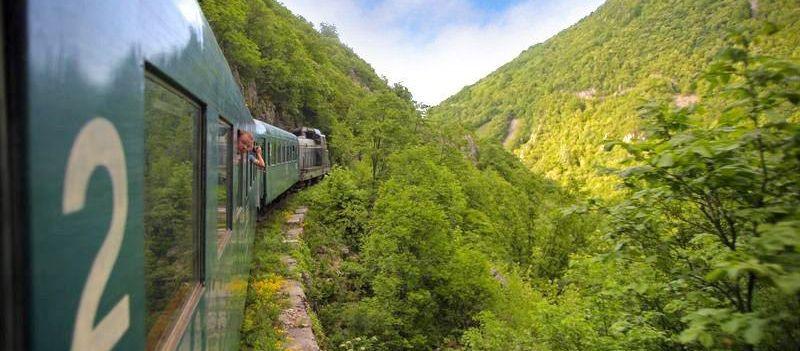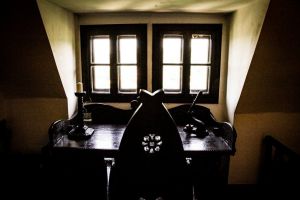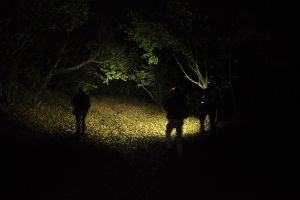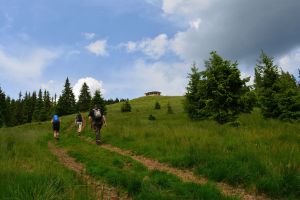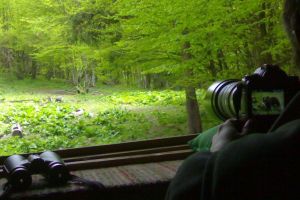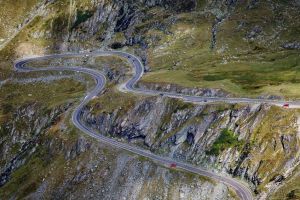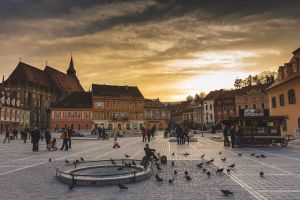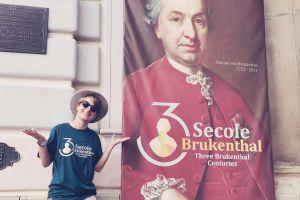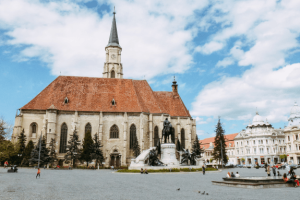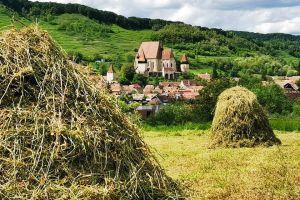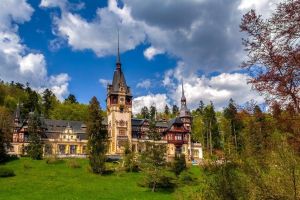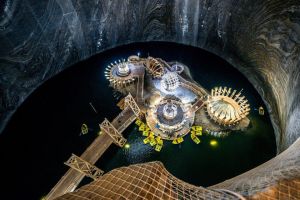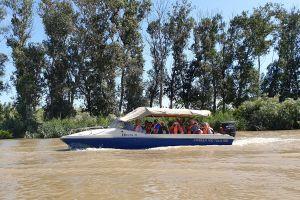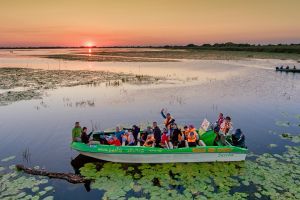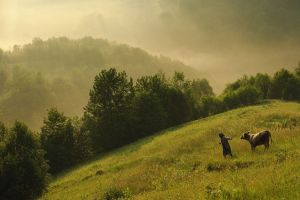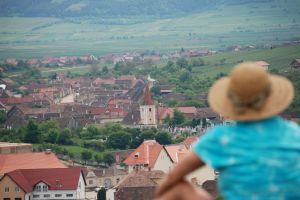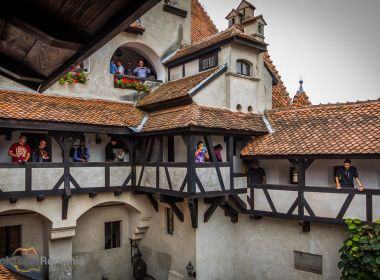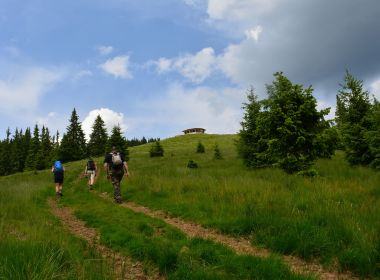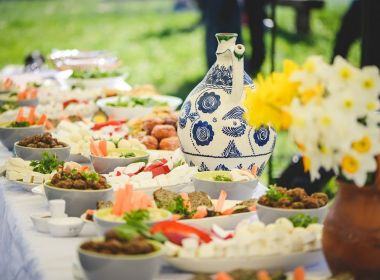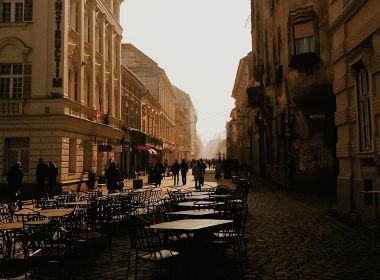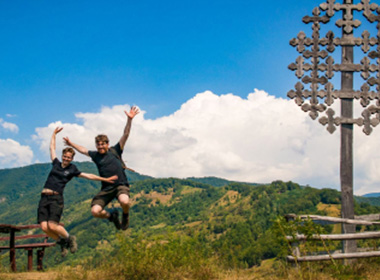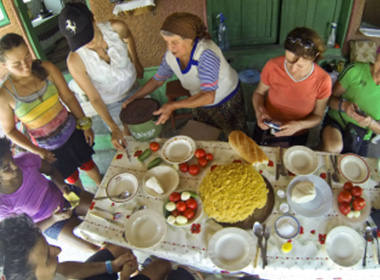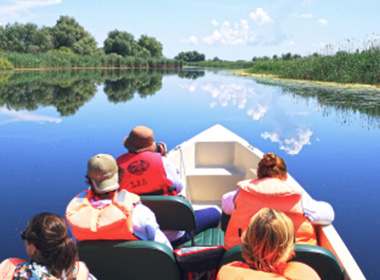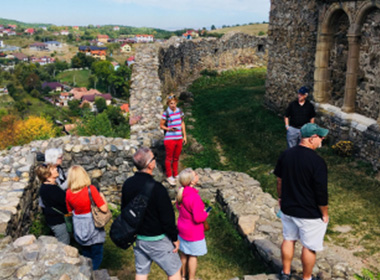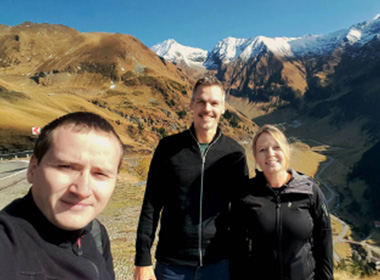When I travel and say I’m from Romania, the common reactions I would get are:
- Ah, home of Count Dracula! Do you guys believe in vampires?
- Country of Gheorghe Hagi, Nadia Comaneci!
- I don’t know anything about your country. What’s it like?
This is why I decided to start Romanian Friend back in 2017: I realised most people had no clue what makes Romania known for its attractions or any interesting facts about our country!
Because of this, many don't even think of visiting which is why Romania has fewer tourists compared to other countries from Eastern Europe. Or if they do, they have all sorts of misconceptions or don't know where to go or how to experience authentic Romanian culture.
So let's change this! In this article, we'll explore no less than 30 things that make Romania famous and worth visiting. And we'll go beyond the popular Bran Castle, the mighty Carpathian Mountains, the miraculous Danube Delta or a famous UNESCO world heritage site. Romania offers a diverse range of attractions.
By the end of this article, I hope you’ll understand some of the top reasons to visit Romania, especially if you’re looking for a unique experience beyond the typical Western European destinations.
Table of contents
- 1. Count Dracula Is Originally From Romania
- 2. We have impressive folk legends
- 3. Abundance of natural beauty and variety
- 4. See brown bears and wildlife… in the wild!
- 5. The marks of communism are still visible today
- 6. The Palace of Parliament
- 7. Transfagarasan, the best road in the world
- 8. Charming medieval cities
- 9. The medieval castles, fortresses and strongholds
- 10. Various activities inside salt mines
- 11. The Merry Cemetery of Sapanta
- 12. The Muddy Volcanoes UNESCO Geopark
- 13. Carturesti Carusel Bookstore
- 14. The intricate motifs of folk costumes
- 15. Dacia, the national car brand
- 16. Lightning-fast internet speeds
- 17. First oil refinery
- 18. First capital lighted with kerosene lamps
- 19. First city with electric street lighting
- 20. Most famous Romanians
- 21. The beauty of romanian women
- 22. Romanian is a latin language with some twists
- 23. The importance of Orthodox religion in romanian society
- 24. Martisor, the tradition that symbolizes nature’s rebirth
- 25. Traditional food & drinks
- 26. Cultural festivals and events
- 27. Bucharest, one of the best European capitals to experience nightlife
- 28. The uniqueness of The Danube Delta
- 29. The extent of locals’ hospitality
- 30. Traditional village life
- Conclusion
1. Count Dracula Is Originally From Romania
Dracula is so famous as a character that he is almost synonymous with our country. Many tourists think that the legend of the blood-sucking vampire is true, and the stories are based on real-life Romanian ruler Vlad the Impaler.
Oh, and that Bran Castle (also known as Dracula's Castle) was the home of Count Dracula, which is why this is one of the most famous medieval castles in the world and Romania's most popular tourist attraction.
But once you skip cheap trinkets and Dracula touristy branding and stories, our guides will tell you how Vlad the Impaler was a Romanian ruler who was very appreciated by most Romanians for holding back the Ottoman Turks' expansion. He was also known for his cruelty, killing enemies slowly and painfully by impaling them.
Another interesting fact you probably didn't know is that Bram Stoker, the author of Dracula never visited Romania - but is said to have heard stories about Vlad. And also that Bran Castle has a historical significance of its own.
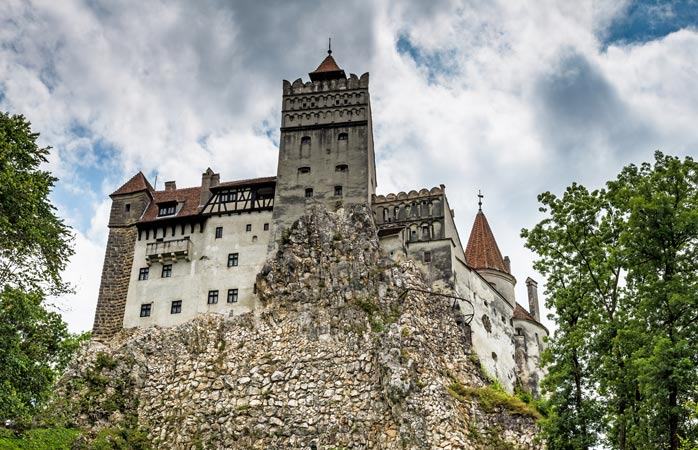
2. We have impressive folk legends
While vampires were Stoker's creation, authentic Romanian folklore is still filled with unique supernatural creatures:
- moroi are children who died without having been baptized
- strigoi are ghosts of people whose funerals did not follow tradition and are doomed to roam the land
- iele are feminine spirits whose nighttime ghostly dances you shouldn’t witness lest they draw you into their world
- zburătorul (flying man) is a sort of incubus who visits maidens and recently married young women at night in their dreams to draw them into his world
And then we have balaur (dragons), căpcăuni (Shrek’s nasty cousins) and uriași (giants) who are more ‘popular’.
Romanian folk tales, especially for kids, are filled with these creatures.
But there are some places in Romania, such as Hoia Baciu forest close to Cluj-Napoca, said to be haunted because of many strange happenings, sights and stories.
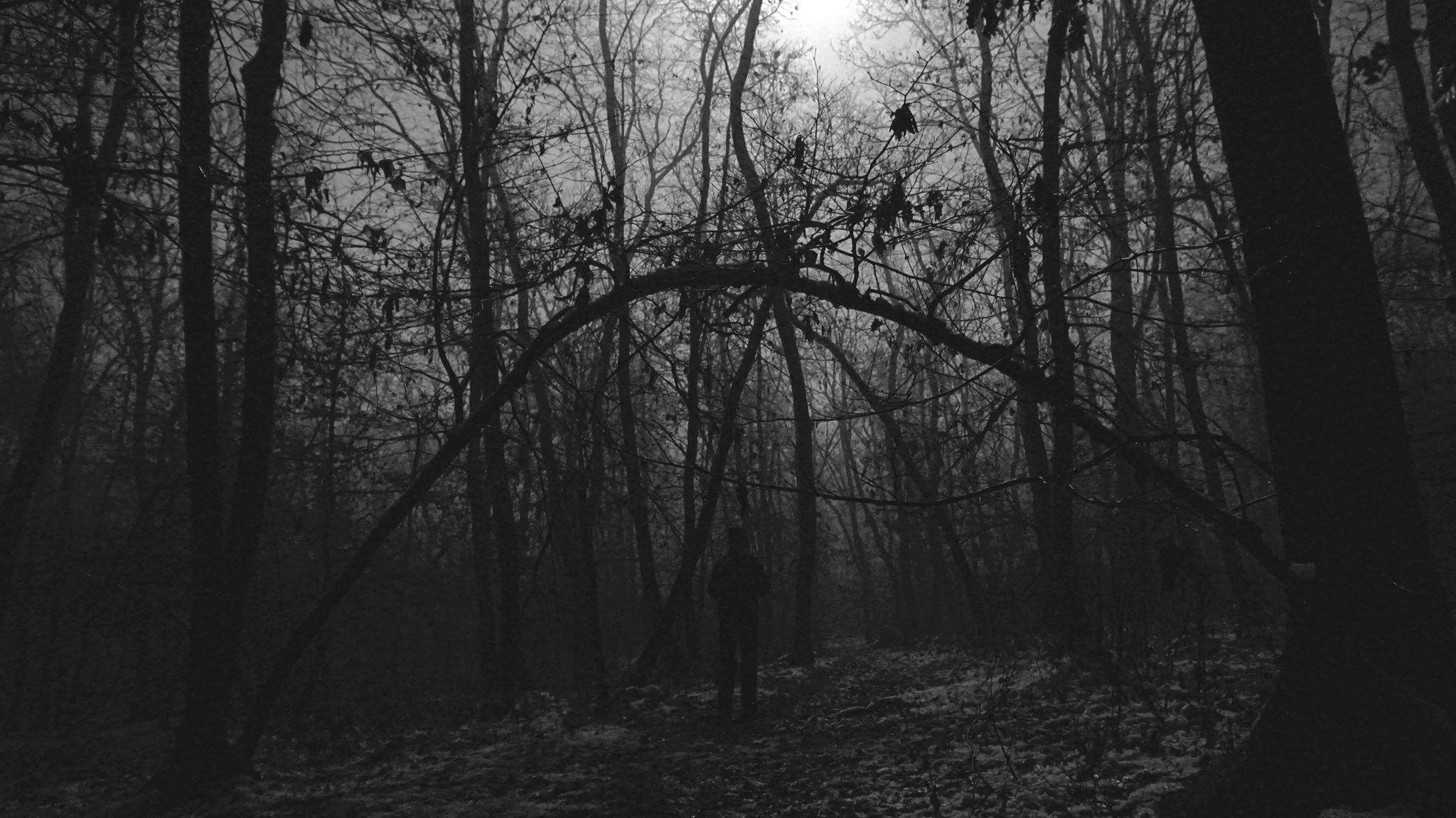
3. Abundance of natural beauty and variety
My favorite thing about Romania is that you can discover so many beautiful stunning landscapes and different sides of Mother Nature.
A road trip in the Carpathian Mountains with its distinct mountains, traditional villages, dense forests, alpine meadows, many caves, waterfalls will be very different from a cruise on the Danube River, in the impressive Danube Gorges or the spectacular Danube Delta.
The Romanian Carpathians have much to offer to outdoor enthusiasts, from numerous hiking trails for all fitness levels to 2,500m high peaks for the brave. Romania offers four distinct seasons, making it beautiful year-round.
The Black sea coast resorts, on the other hand, are filled with seaside fun for families, treatment centres and beach clubs for party goers.
So if you're wondering what adventure activities can be done in Romania, here's a quick list: rock climbing, canyoning, via ferrata, caving, mountain biking, bird and wildlife watching, paragliding, rafting, canoeing, sailing and more.
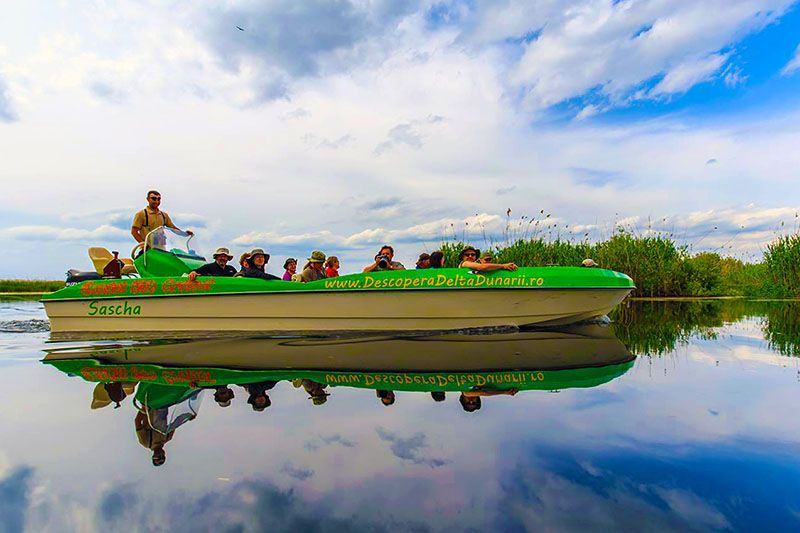
4. See brown bears and wildlife… in the wild!
You don’t have to go all the way to Africa to do safari 🙂
The areas that make Romania known for its untouched nature are Europe's last wilderness reserve, since we have Europe's largest brown bear population. If you wander the wild without discussing it with a guide or locals, you could have an unplanned (and not desirable!) encounter with a mamma bear and some cubs.
Or you could see them in their natural habitat, in a safe and controlled environment, accompanied by a knowledgeable guide. The Zarnesti Sanctuary is one of the best places to do that.
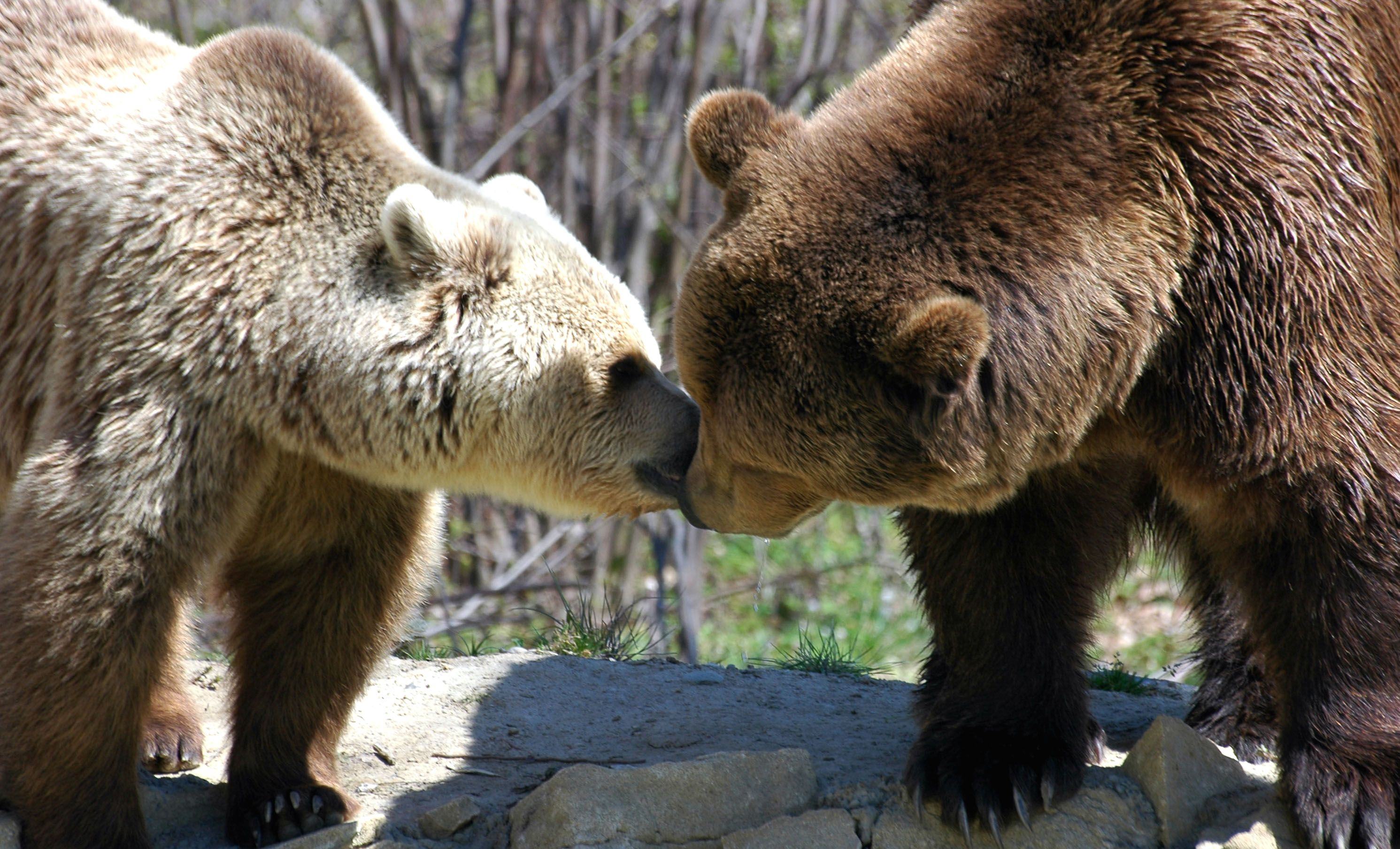
You can come in contact with Romania's diverse wildlife even further and have a chance to see other animals as well, such as wolves, lynxes, beavers, and black goats.
One of the best ways to do it (and the only way to do it safely) is by taking an organized hiking and wildlife tracking trip in the mountains. A guide will know the spots with the best chances for seeing animals, and can take you to check the wildlife observation cameras or to dedicated animal observatories.
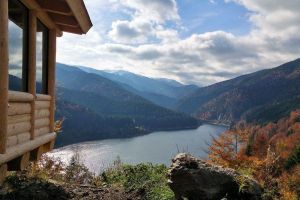
3-Day Hiking & Wildlife Trip at an Eco-Luxury Private Cabin in Fagaras Mts
Start from: Rucar, Arges county
5. The marks of communism are still visible today
The Romanian Revolution took place over 35 years ago, but signs of the regime that plagued the country for a long time (almost 50 years) can still be seen. Modern Romania began its transition away from communist rule after holding free elections in the 1990s, and when the country joined the EU in 2007.
Most foreigners planning cultural trips in Romania still associate our country with its image from when it was still under the rule of its last dictator, Nicolae Ceausescu. And for good reason.
The country bears the communist mark in its architecture, as most people live in apartment buildings built around that time, known among locals as “matchboxes” as they are small, cramped, and only served the purpose of housing people forcefully brought from the rural area to the urban area to work in factories.
Tourists can visit The Memorial to the Victim of Communism and Resistance in Sighet, the Romanian Museum of the Communist Consumer in Timisoara, the Palace of the Parliament, and Ceausescu's lavish villa in Bucharest (the capital of Romania and its largest city) to observe the difference between people's daily lives and those at the top of the communist regime.
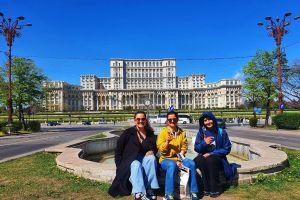
Communist Walking Tour: History, Megalomania & Hidden Sights
Start from: Revolution Square next to the Rebirth Memorial (The patatoe)
We all know communist Romania was grey and drab, but in the last decades, modern architecture and mentalities slowly replaced the former landscape.
As a local, I am always curious to know what you think. How does the country look now to you?
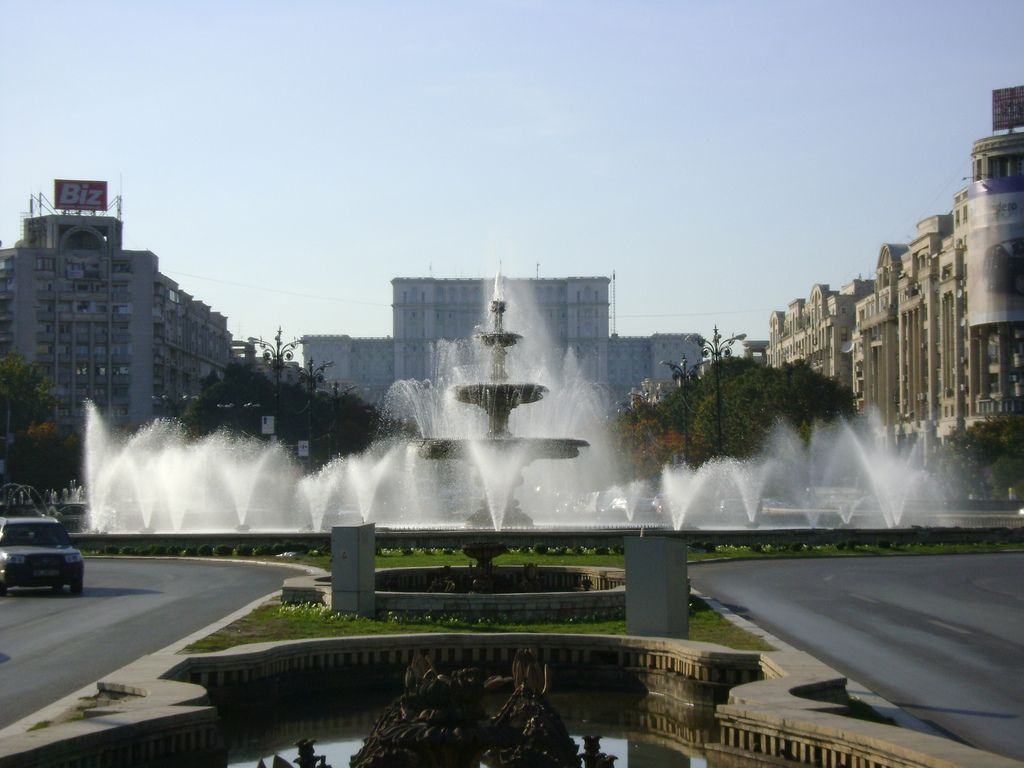
6. The Palace of Parliament
Did you know that Romania is the home country of the heaviest building in the world, the second-largest administrative building after the Pentagon and the largest administrative building for civil use?
Welcome to the Palace of Parliament in Bucharest, one of the most interesting buildings in Romania and widely known as a sign of Nicolae Ceausescu's megalomania. Also, due to its size (365.000 square meters), it is one of the few structures in the world that can be seen from the Moon!
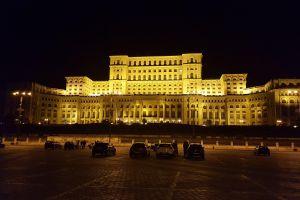
Complete Bucharest Communism Tour: Palace of Parliament & Ceausescu's Home
Start from: Bucharest
An entire neighborhood was completely demolished, and thousands of people were misplaced. Around 100,000 people worked on the construction, some of them being political prisoners doing forced labor, and up to 3000 people died during construction works. Inside, you can admire magnificent features like its crystal chandeliers.
But you can discover more about this and the underground tunnels (yes, they are real!) on the guided tours. Some of them last as long as four hours, and they are very informative and exciting.
7. Transfagarasan, the best road in the world
One of the most interesting things about the Transfagarasan Road is that Top Gear's Jeremy Clarkson made it world-famous, which means that the world discovered what Romanians already knew: that it is an astonishing experience well worth the visit.
One of the interesting things about the road built in the 1970s and crossing the southern part of the Carpathian Mountains is that it is NOT the highest road in the country.
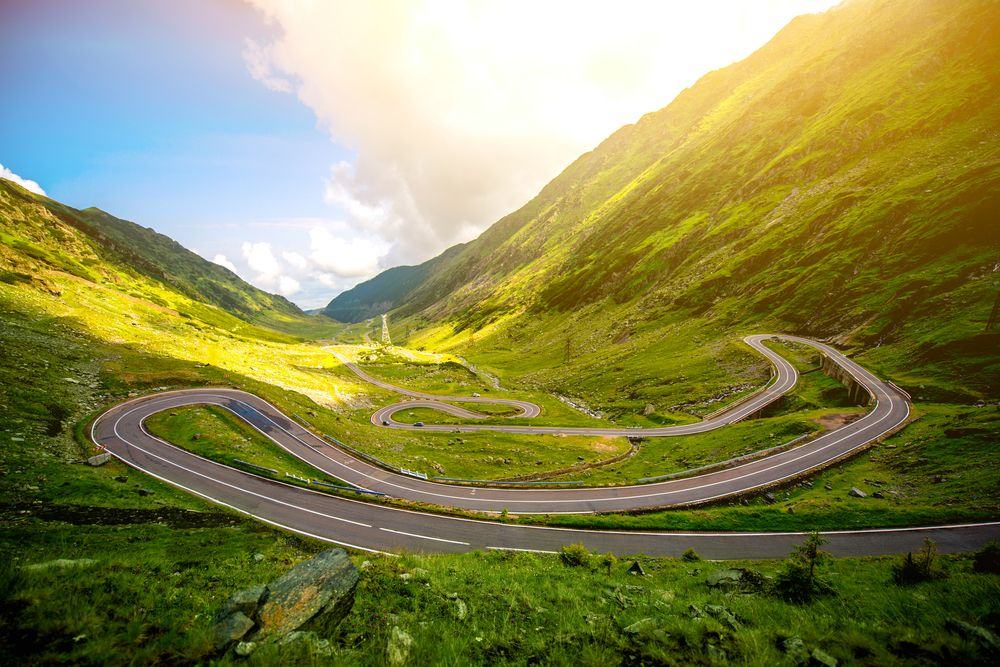
As impressive as the Transfagarasan is, the Transalpina, or the King’s Road (King Carol II), is built higher and in a wilder setting.
Both are exciting experiences. The best time to do them is in summer, as the roads are dangerous in the cold season, and driving conditions are life-threatening. You should also avoid weekends because the roads can get crowded.
8. Charming medieval cities
In all my years as a guide, one thing has consistently brought me great joy: the reaction of foreign tourists when they visit our medieval cities.
Not one person who has made the time to see, Sibiu, Sighisoara, Cluj-Napoca, or the city of Hunedoara (just to mention some of the most popular place), has left our country with the same impression they had upon arrival. Yes, everybody wants the European cobblestone experience, but these cities are unique in the experiences they offer.
Let’s start with our country’s most famous tourist city. There are many things to do in Brasov. The city's Old Town area is as medieval as it gets! Add the fact that it's surrounded by mountains with jaw-dropping sceneries, while famous sights such as Bran Castle and Sighisoara Citadel are nearby - you get the idea!
The old city center of Sibiu is astounding - tourists love to go on guided tours, hear the stories, see how much of the old world is being preserved for future generations, and explore its bistros and boutiques. Many of the old buildings are actually colorful houses.
Sighisoara is the oldest inhabited medieval city which is why it is a UNESCO World Heritage Site, and one of the best preserved medieval towns.
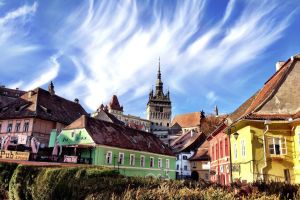
Tour of Transylvania's Countryside: Sighisoara Citadel & Fortified Villages
Start from: Cluj-Napoca
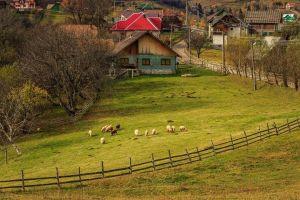
3-Day BEST of Transylvania Tour: Brasov, Sighisoara, Bran & Viscri
Start from: Bucharest
Cluj-Napoca is elegant and always hip; Alba Iulia holds within the citadel walls such a rich history that started with the Roman occupation, continued through the Middle Ages and survived the centuries to witness the birth of the modern Romanian state.

Cluj-Napoca Food Tour: Food Markets, Regional Dishes and Coffee Culture
Start from: Cluj-Napoca
9. The medieval castles, fortresses and strongholds
The Romanian historic principalities were located at the crossroads between the West and the East. Given our turbulent past with constant invasions, you can understand the need for fortifications such as Corvin Castle, Bran Castle, and the Poenari Citadel, to name only a few. These are examples of ancient castles built on the Romanian lands. Then, there are the fortified churches that served the same purpose.

Tour of Transylvania's Countryside: Sighisoara Citadel & Fortified Villages
Start from: Cluj-Napoca

3-Day BEST of Transylvania Tour: Brasov, Sighisoara, Bran & Viscri
Start from: Bucharest
Moving further through history, we find fairytale castles like Peleș Castle, an architectural gem built as the summer residence of the Royal family in Sinaia, or the Bucharest Palaces of the Romanian royal family (for example the building that now houses the National Museum of Art), which are some of the largest castles in the capital city.
The residences of local noblemen are just as much worth mentioning, whether you are visiting old boyar houses in the Moldova and Oltenia regions or the residences of old Saxon or Hungarian noblemen in the Western part of the country.
10. Various activities inside salt mines
Although the Turda Salt Mine is the most famous and most impressive in its category, with a built-in amusement park (Ferris wheel included) and impressive décor, there are 17 salt mines in Romania.
And let me tell you a secret: it's alright to have favorites, especially if you move around and visit Praid, Cacica, Slanic Prahova (the largest salt mine in Europe) and Slanic Moldova.
.jpeg)
11. The Merry Cemetery of Sapanta
You are allowed to act surprised when you hear that one of the most popular sights in the Northern part of the country is a cemetery. This is the Merry Cemetery of Sapanta, Maramures County. The whole region is known for its colorful tombstones and intricate designs which people are not willing to let go not even when dealing with something as gloomy as death.
The Merry Cemetery is unique in the world not only because of its colorful tombstones but also because of its illustrations and fun facts regarding how the person was in life and even how they met their end. This cultural tradition represents a unique blend of solemnity and humor in Romania.
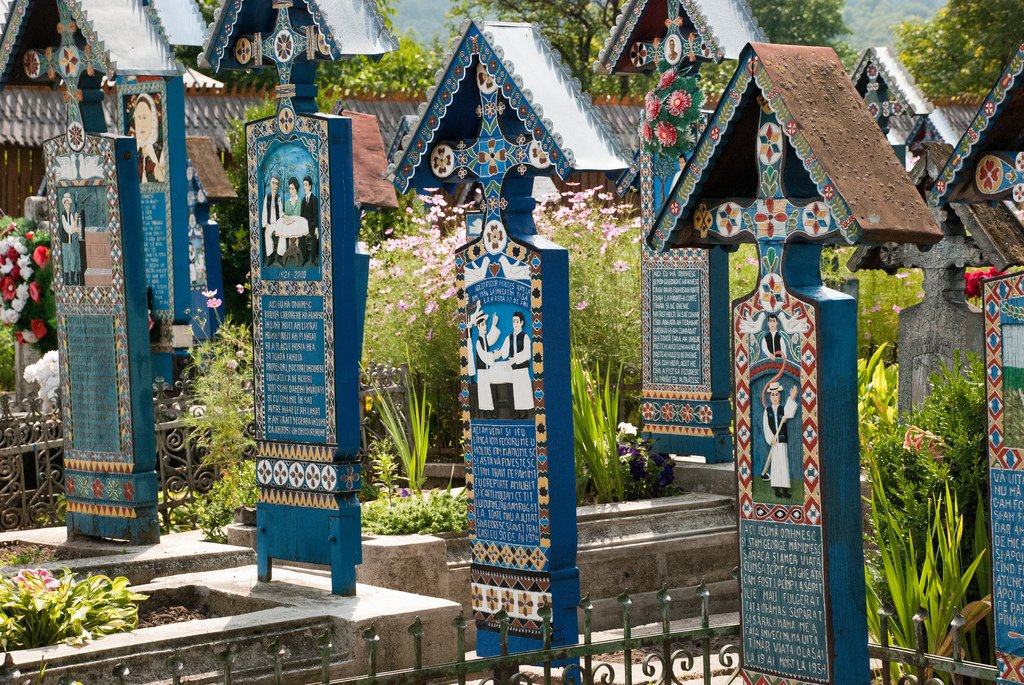
12. The Muddy Volcanoes UNESCO Geopark
The Muddy Volcanoes in Buzau County are geological cone-shaped formations resembling volcanoes, hence the name. In reality, due to a gas pocket underneath the surface, the cones are created by the expulsion of gas and water mixed with clay and sediment. Visitors exploring the site are often under the impression of being in a lunar landscape.
The region has become popular, especially among foreign tourists, after the area became a UNESCO geopark in 2022.
13. Carturesti Carusel Bookstore
Anyone passionate about their Instagram will want to take photos in the Bucharest Carturesti Carusel Bookstore first thing after arriving in the city. The winding, white staircase is beautiful, and the place is packed with books in Romanian and other languages (mainly English), so you could even get something for yourself.
14. The intricate motifs of folk costumes
Every Romanian historic region has its specific folk costume. And if you think this is diverse, know that before the communist regime decided to wipe out national identity, every village in the country had its unique motifs and patterns. People are now less aware of that, but regional differences are very recognizable due to the variety of colors used and intricate models.
Every large city in the historical regions has an ethnographic open-air museum where you can observe the differences between costumes, and the Bucharest Peasant Museum has them all.
If you feel like these costumes look familiar, you're not wrong. French painter Henri Matisse first popularized the shirt with his “La Blouse Roumaine” painting, and in modern times, numerous designers were inspired by the Romanian “ie” and included such designs in their shows.
Maybe even you have worn a shirt inspired by the Romanian folk costume and didn't realise what its origins were until now. A folk costume is also one of the best souvenirs you can take back home from Romania.
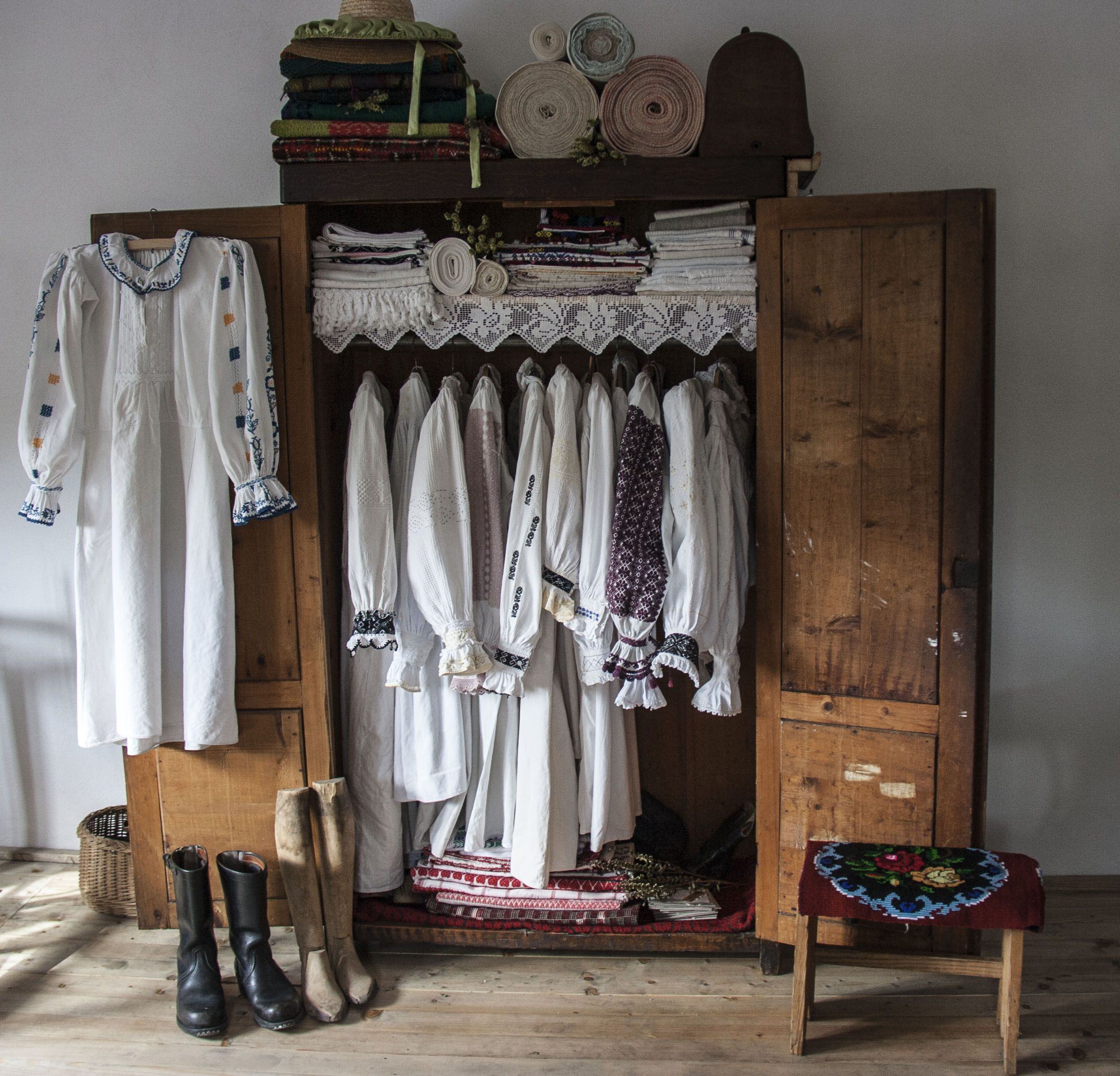
15. Dacia, the national car brand
Acquired by the Renault group years back, the Dacia car brand is still seen by Romanians as their national car. The brand existed in Romania since communist times and was, more or less willingly, one of the only options available to people. No wonder they are attached to it.
Moreover, the brand bears the name of the ancient territory inhabited by our ancestors. Therefore, it cannot get more personal than that.
The Dacia-Renault consortium's cars are affordable and reliable, making them popular worldwide.
16. Lightning-fast internet speeds
If anything, Romania has a very robust technological infrastructure. It is always fun to see tourists impressed with how fast the Internet is. In fact, in 2021, Romania ranked 5th in the world in terms of internet speed via fixed broadband, and it was all due to the extended investment in the fiber optics network that encouraged competition among service providers.
At some point, Bernie Sanders sent out a tweet about how it's unacceptable to have higher internet speeds in Bucharest than in most of the United States. Guess that the USA can't have all the best things all the time, can they?
17. First oil refinery
Passing along the city of Ploiesti, you can see the petroleum refinery. If you travel by night, you could even mistake the extended platform's lights for the Ploiesti city lights. This enormous construction dates back to 1856, and it was the first oil refinery in the world.
18. First capital lighted with kerosene lamps
Given the vicinity of the petroleum refinery at Ploiesti, Bucharest became the world's first city to introduce gas lamps for public lighting for the first time in history in 1857.
19. First city with electric street lighting
Another impressive first dates back to 1884, when Timisoara became the world's first city with electric street lighting. And since we are on the topic of Timisoara, the city also holds the record for being the first European city to introduce horse-drawn trams in 1869.
Imagine what other amazing firsts you could discover for yourself in this corner of the world. Maybe we are, once again, doing something differently for the first time, and you get to witness it.
- LOCAL TIP: While visiting Timișoara, take a 40-minute drive to Buziaș to experience Romanian spa culture.
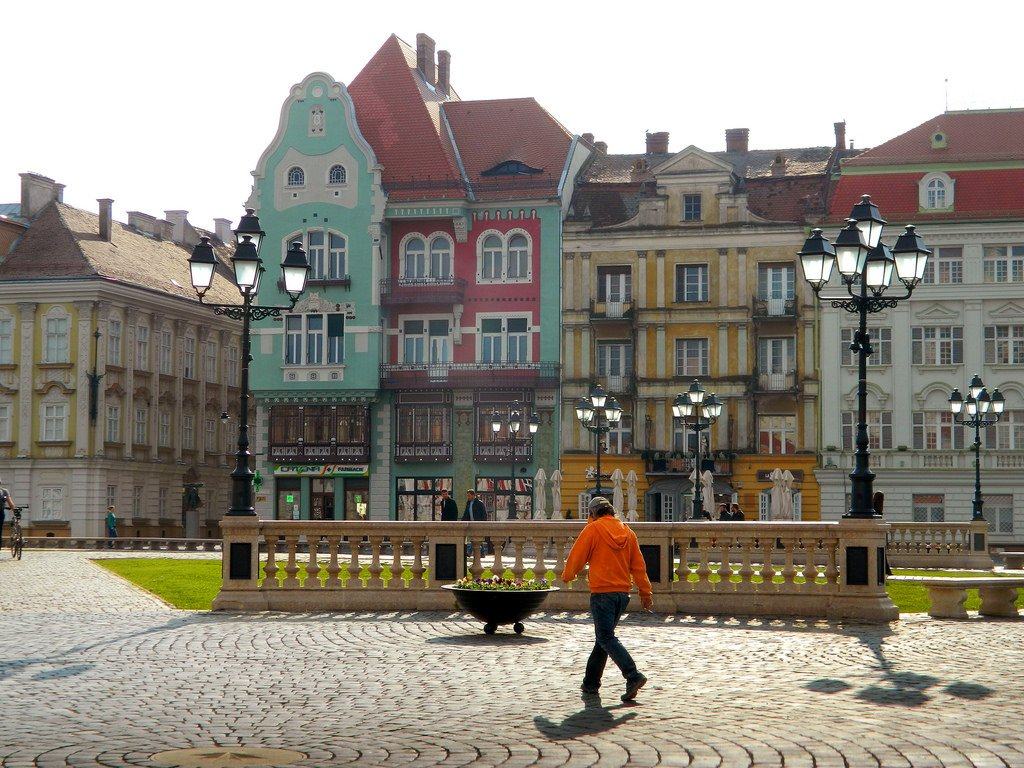
20. Most famous Romanians
Romania is the home country of many famous artists, sports players, historic figures, scientists and academics. We couldn't fit all of them in this section, but we'll give you a few examples.
In sports, Romania boasts legends who have left an indelible mark on their respective fields. Football enthusiasts revere Gheorghe Hagi and Helmuth Duckadam for their outstanding performances on the pitch. In gymnastics, Nadia Comaneci was the first gymnast in the history of the Olympic games to win a gold medal with a perfect score (actually she won seven gold medals with a perfect score in the same competition), while Ilie Nastase, Ion Tiriac and Simona Halep have earned their global acclaim in tennis.
Turning to science and innovation, pioneers like Aurel Vlaicu, Henri Coanda, and Ana Aslan have made groundbreaking contributions in aviation, jet propulsion, and healthcare respectively.
In arts and culture, Constantin Brancusi was one of the founding fathers of the cultural movement known as Modernism, through the simplified lines of his sculptures. George Enescu is considered the most important Romanian musician, and Mircea Eliade's literary works continue to inspire audiences worldwide.
In history, figures like Vlad Tepes (the Romanian ruler associated with Dracula, mentioned earlier in the article) and Nicolae Ceaușescu (the ruler in the communist era) have left lasting legacies, shaping Romania's past and present.
Romania has many more famous or important people, like Elie Wiesel (writer, Nobel prize laureate, Holocaust survivor, and professor at Boston University), Eugen Ionescu (writer)_, Gheorghe Zamfir _(pan flute master) or Inna _(singer)_. We have a whole article about the most famous Romanians, where we discuss in more detail each one's accomplishments. If you want to learn more, we have a whole article dedicated to famous Romanians.
21. The beauty of romanian women
Romanian women are often celebrated for their striking physical appearance, characterized by features that are considered classically beautiful. With a mix of Eastern European and Mediterranean influences, they possess distinct facial features, including high cheekbones, expressive eyes, and graceful figures.
Beyond their physical attributes, Romanian women are also admired for their elegance and sophisticated sense of style. For example, if you go out in the nightclubs of Bucharest, you will see that the women are wearing the latest fashion. This blend of attributes has made them icons of beauty on an international scale, admired and respected in various cultural and social spheres.
22. Romanian is a latin language with some twists
The Romanian language is the country's official language, and it has many people confused. On our guided tours, tourists approach me and say they cannot quite place us on the language tree. This is because we are a Romance language with strong Slavic and Turkish influences, to which we add regional nuances.
Romans conquered most of the territories occupied by Dacians in 106 AD and colonized the land with their soldiers. Now, Romanian is considered one of the closest versions of Latin still in use today, resembling the other Latin languages, such as French, Italian, Portuguese and Spanish. Romania is home to numerous ethnic minorities who also speak their native tongues.
23. The importance of Orthodox religion in romanian society
Romanians are Christian Orthodox, like most of the countries in our region. Over 85% of the population identifies as Christian Orthodox, making us the 4th country in the world by the number of followers.
Religious tourism is huge in Romania, especially among locals in eastern Romania who periodically travel to visit monasteries around religious holidays. Apart from the sermons, religious edifices in Romania are a must-see even for the architecture and history alone.
There are large and beautiful Moldavian monasteries; the painted monasteries of Bucovina are awe-inspiring and unique; and the wooden churches of Maramures are authentic and genuinely grounded as an experience. Then there are the fortified churches in the Saxon villages, seven of these villages are on the list of UNESCO World Heritage sites, and the cathedrals in Transylvania, like the Black Church in the historic city of Brasov.
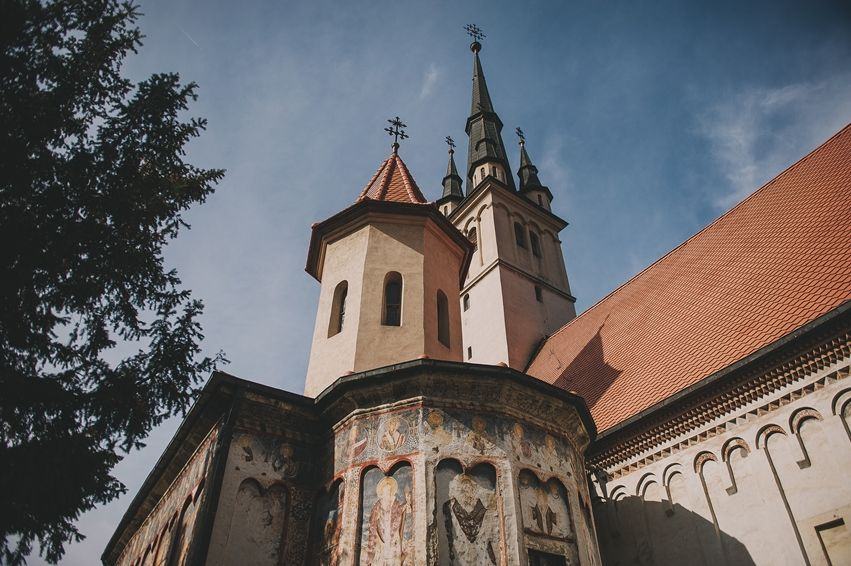
24. Martisor, the tradition that symbolizes nature’s rebirth
March 1st, the first day of spring, is celebrated in Romania with small tokens that boys give to girls (although in certain places it is the other way around - girls give them to boys), intended to bring good fortune and a warm spring. The holiday is called Martisor, which is also the name of the token offered to people in the community.
The Martisor can have any shape and be made of any material, but not be too large as it must be worn as a broch or around the wrist, and it has a red and white string attached to it.
25. Traditional food & drinks
Romanian cuisine is savory and not very spicy. Traditionally, Romanians cook with local produce and herbs, which makes the food taste good in its simplest form, specific to Southeastern Europe. Our diet is similar to other countries in the region, with Mediterranean and Oriental influences from the Armenian and Turkish ethnic groups.
Other neighboring countries have also influenced our food, but these are best observed regionally.
Some of our famous foods include cabbage rolls (you have to try this national dish), polenta, local cheeses, beef salad (salata de boeuf), pork sausages, pickles, different types of sour soups (ciorba), sweet bread (cozonac), etc.
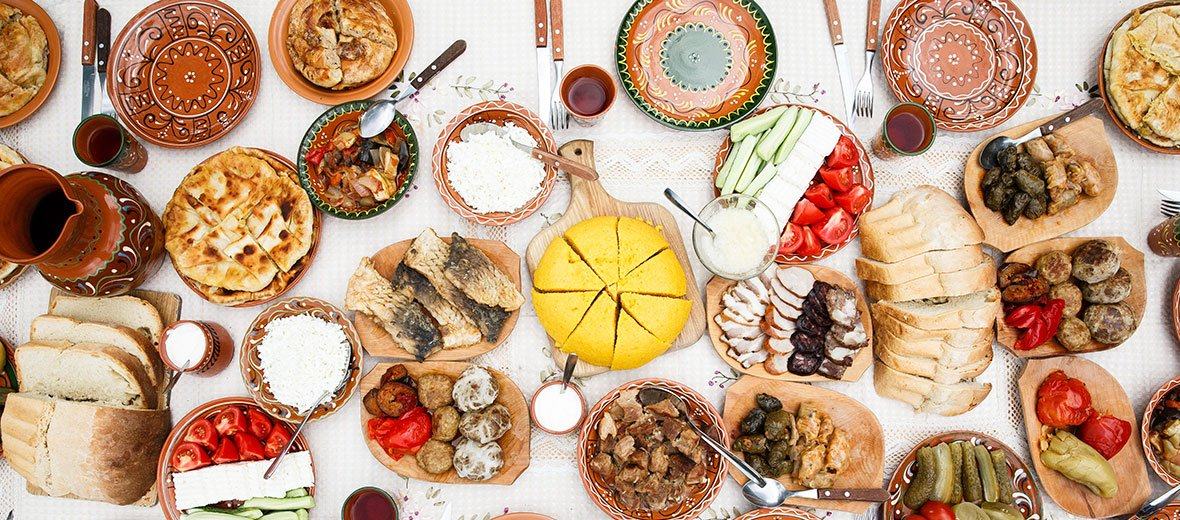
When it comes to drinks, you also have a wide variety to choose from: tuica, palinca, visinata, afinata, wine. You can find some of these dishes at restaurants, but some of them (e.g. beef salad, sweet bread) are reserved for special celebrations, like Christmas or Easter.
Read more in our guide on traditional Romanian food.
26. Cultural festivals and events
In recent years, Romania has experienced an increase in the number of tourists visiting for its musical and cultural events. Given this appetite, organizers have started planning more festivals with great success.
The most famous music festival is UNTOLD, held in Cluj. It is the largest electronic music festival in the country and is considered one of the best in the world. Electric Castle is a contender for the same title; it is also held in Cluj County but in a rural setting. The Saga and Summerwell Festivals are held in Bucharest.
Another world-famous music festival, but one offering a more elevated experience, is the George Enescu Festival in Bucharest. And since we are in the cultural events category, we must mention the Transylvania International Film Festival (TIFF) and the Sibiu International Theatre Festival (FITS), which attract a large number of visitors every year.
Discover more about the top music festivals & events in Romania in our dedicated article.
27. Bucharest, one of the best European capitals to experience nightlife
Romanians love to party, usually from 10-11 PM till the morning; and then it's time for after-parties. They dress up and show off. Once this became known, many foreign tourists flocked to Bucharest Old Town for a good time clubbing. We have a long list of recommendations for bars and clubs in Bucharest if you want to have some memorable nights.
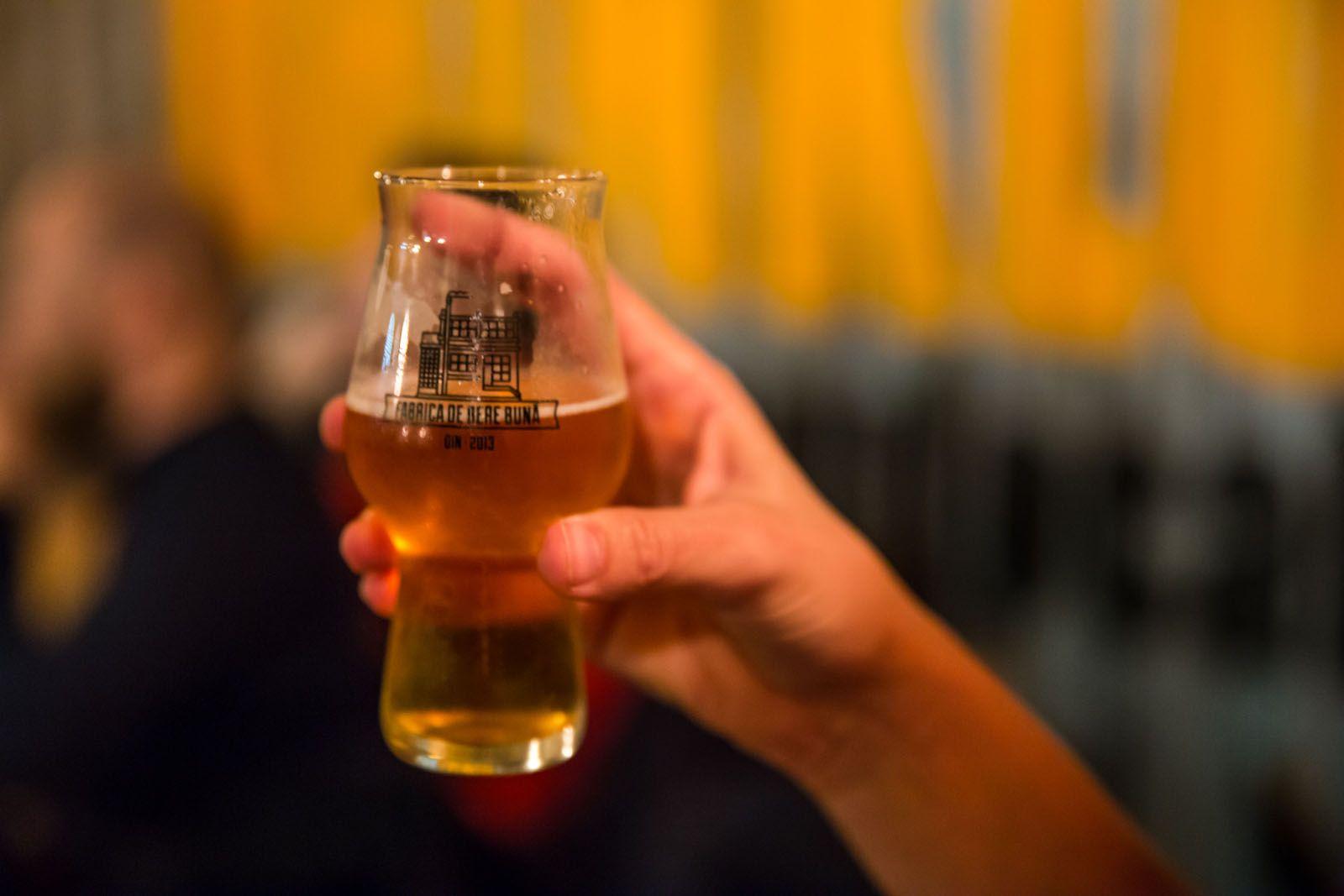
28. The uniqueness of The Danube Delta
A birdwatcher's paradise, the Danube Delta is the second-largest biosphere in Europe and the third-richest biodiversity area in the world. Foreign and local tourists alike visit the Delta for its beautiful landscapes, impressive sunsets and sunrises, and unique natural ecosystems.
The region is also culturally diverse, with the people living here being Romanians, Turks, and Lipoveni (old Russian community). You can only imagine how interesting the local community is and how impressive these cultures have come together harmoniously. And did I mention the delicious fish-based cuisine?
29. The extent of locals’ hospitality
Do you know how, in interviews, you are often asked to say one bad thing about yourself? Well, here it is: we are hospitable to a fault. Hosts in Romania are so welcoming and willing to give their guests what they have best in the pantry and their kitchens that it can make some visitors feel uncomfortable (but in a good way).
Yes, most of these dates back to the communist days, when people had so little, and they had to pull strings for anything they could put on the table.
Back then, hosts would impress guests with basic things, which was a testament to how well that person knew how to manage. Modern-day Romanians are just as keen to impress guests, up to the point where you will feel like you are offered too much food or attention. Just know that it comes from a good place; go with the flow, eat up, and enjoy.
30. Traditional village life
Don't be impressed with how often you compete with local tourists for a stay in authentic Romanian villages. Romanians value this way of life and are keen on reliving childhood memories.
The most beautiful traditional villages are in Transylvania, Maramures, and Bucovina. They have stood the test of time with their simple and highly self-sustainable way of life. King Charles of Great Britain owns seven village houses in Romania, which shows the appreciation he has for the landscapes, culture and local people. If you are looking for alternatives to the busy way of life, slow down and disconnect in one of our villages.
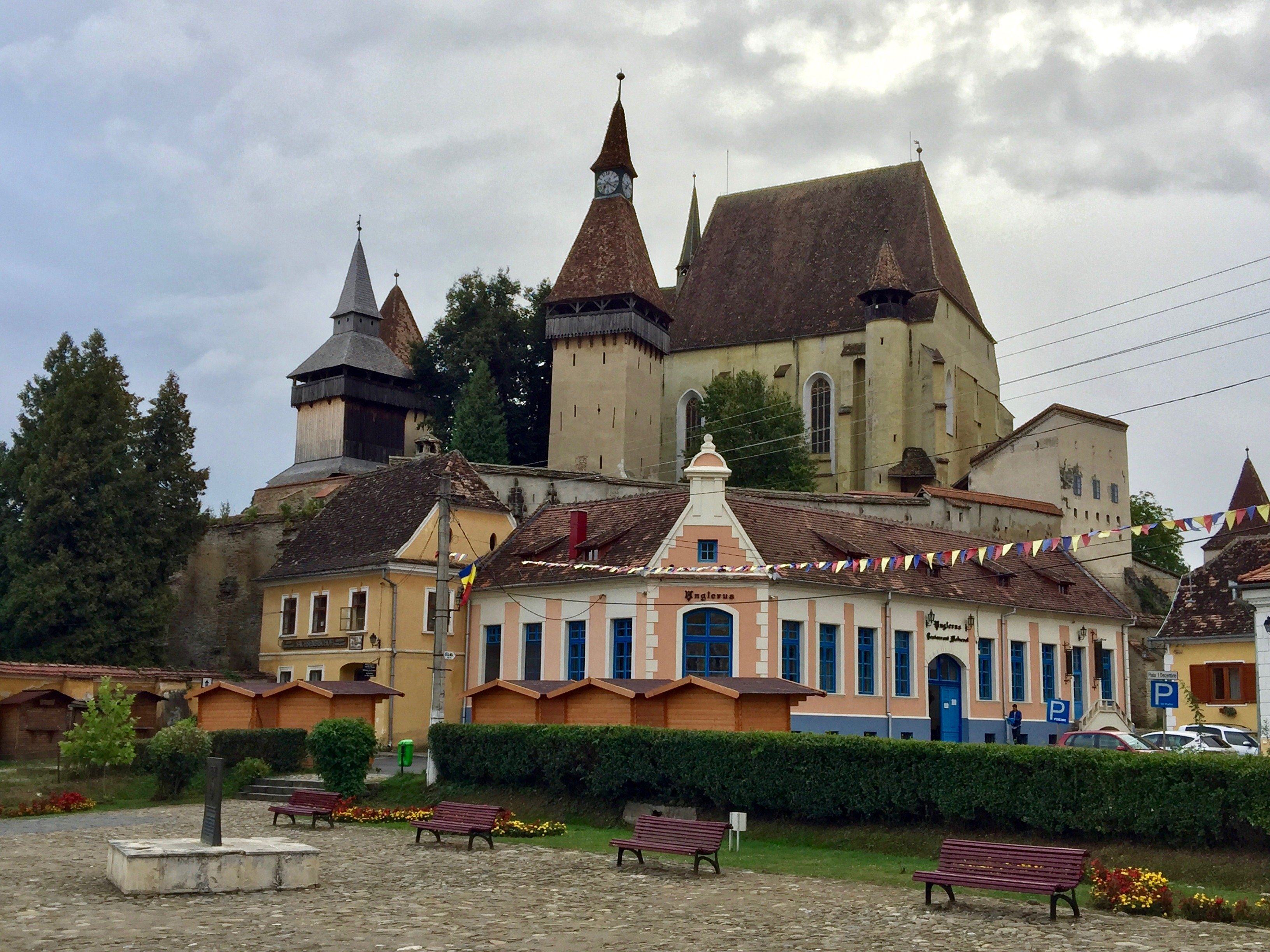
Conclusion
So you see, Romania is a country that is famous for many things, but in my opinion, not as famous as it should be. Many people still haven't discovered our country as a potential destination, although it can cater to very diverse wants and needs.
A group of young friends looking for a good time can explore the nightlife and the club scene in Bucharest, have fun in the summer sun in the Black Sea Resorts, or maybe enjoy the slopes in the Carpathian Mountains. Culturally curious people can visit castles, medieval citadels, monasteries, film and theater festivals.
Fans of outdoor activities can spend time in different natural settings and do activities like hiking, wildlife watching, rafting, zip lining, you name it! Romania has it all and everything in between.
One of the best testimonials as to why the country is worth visiting is the high volume of internal tourism Romanians practice. I mean, if the locals love it so, it means it is worth visiting.
As usual, don't take my word for it. Come, explore, and let me know what you think!
